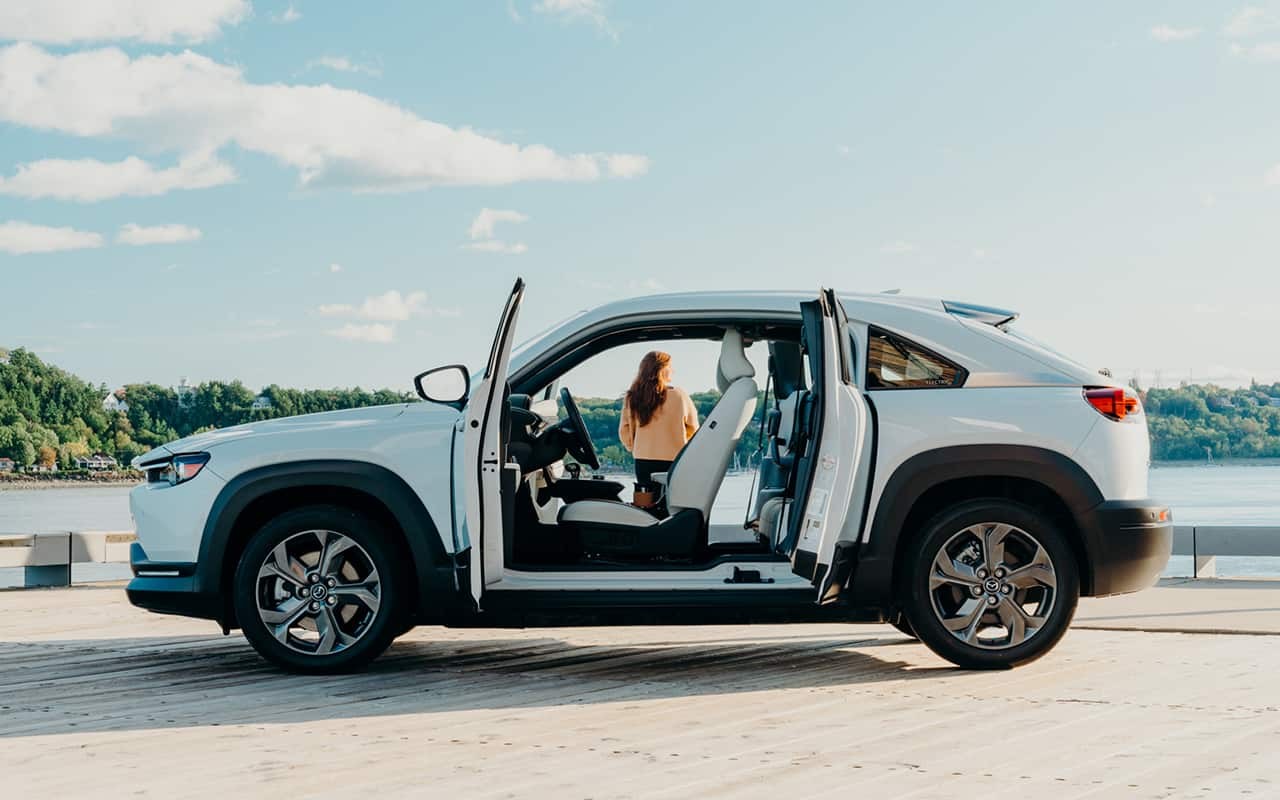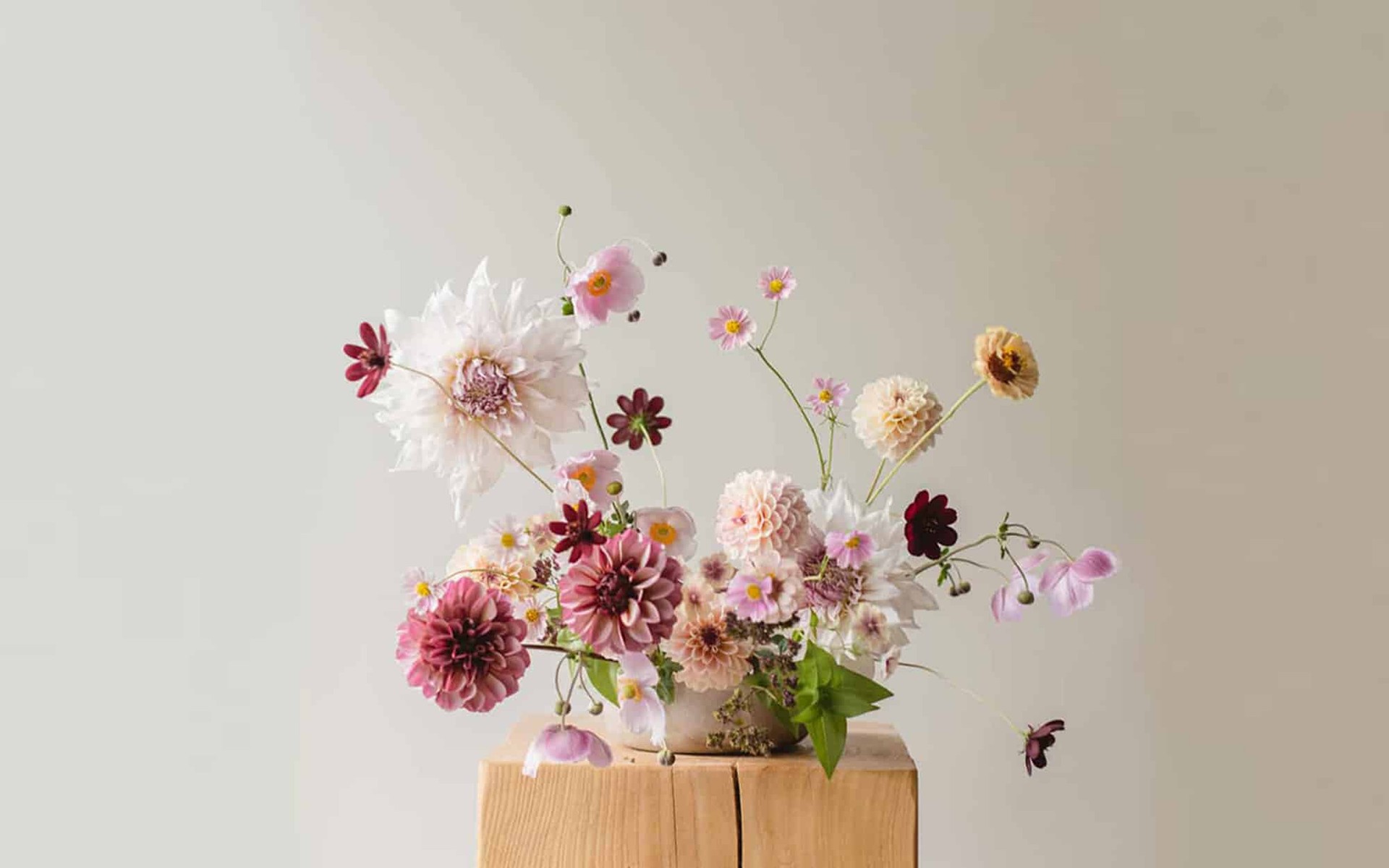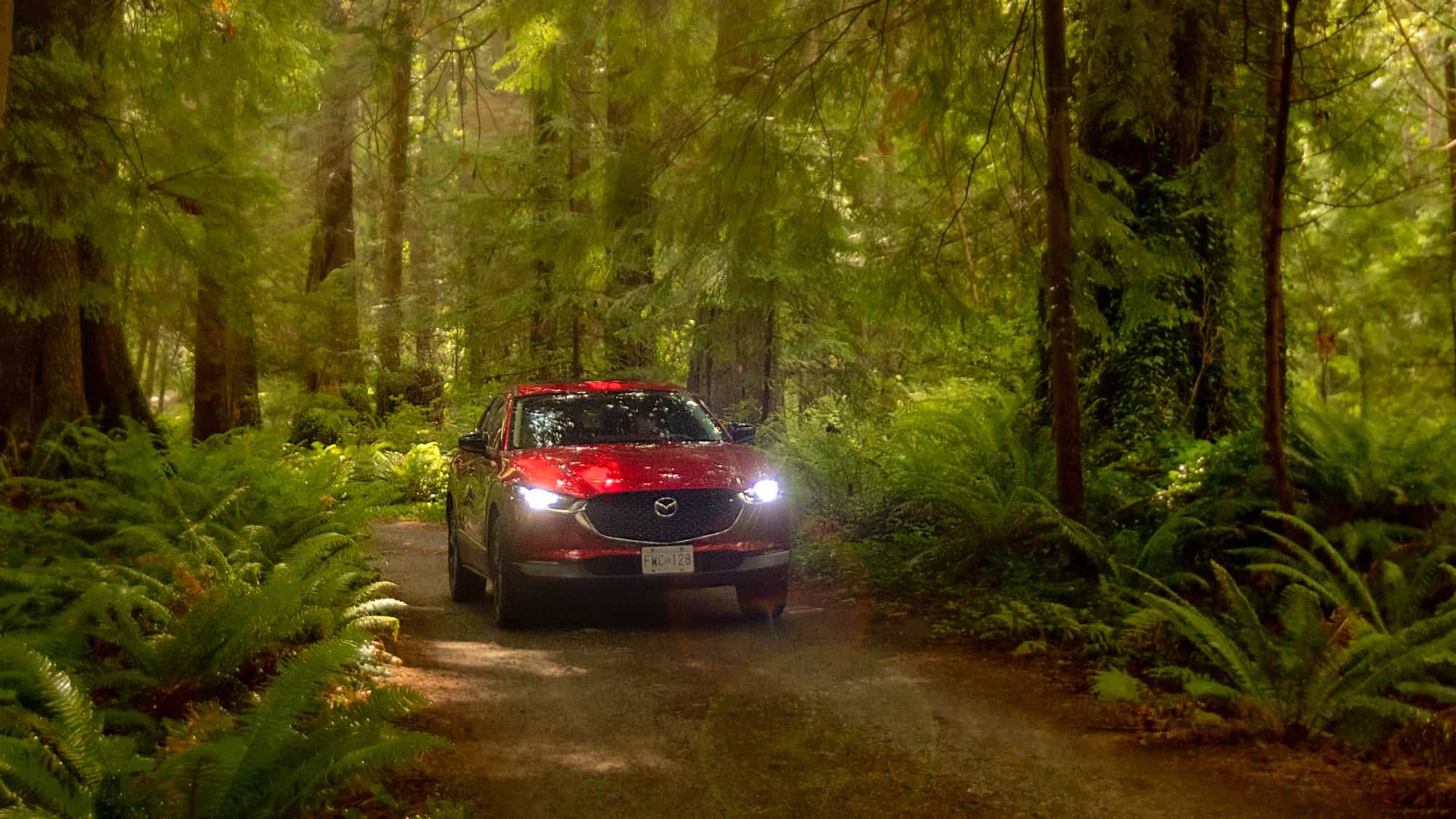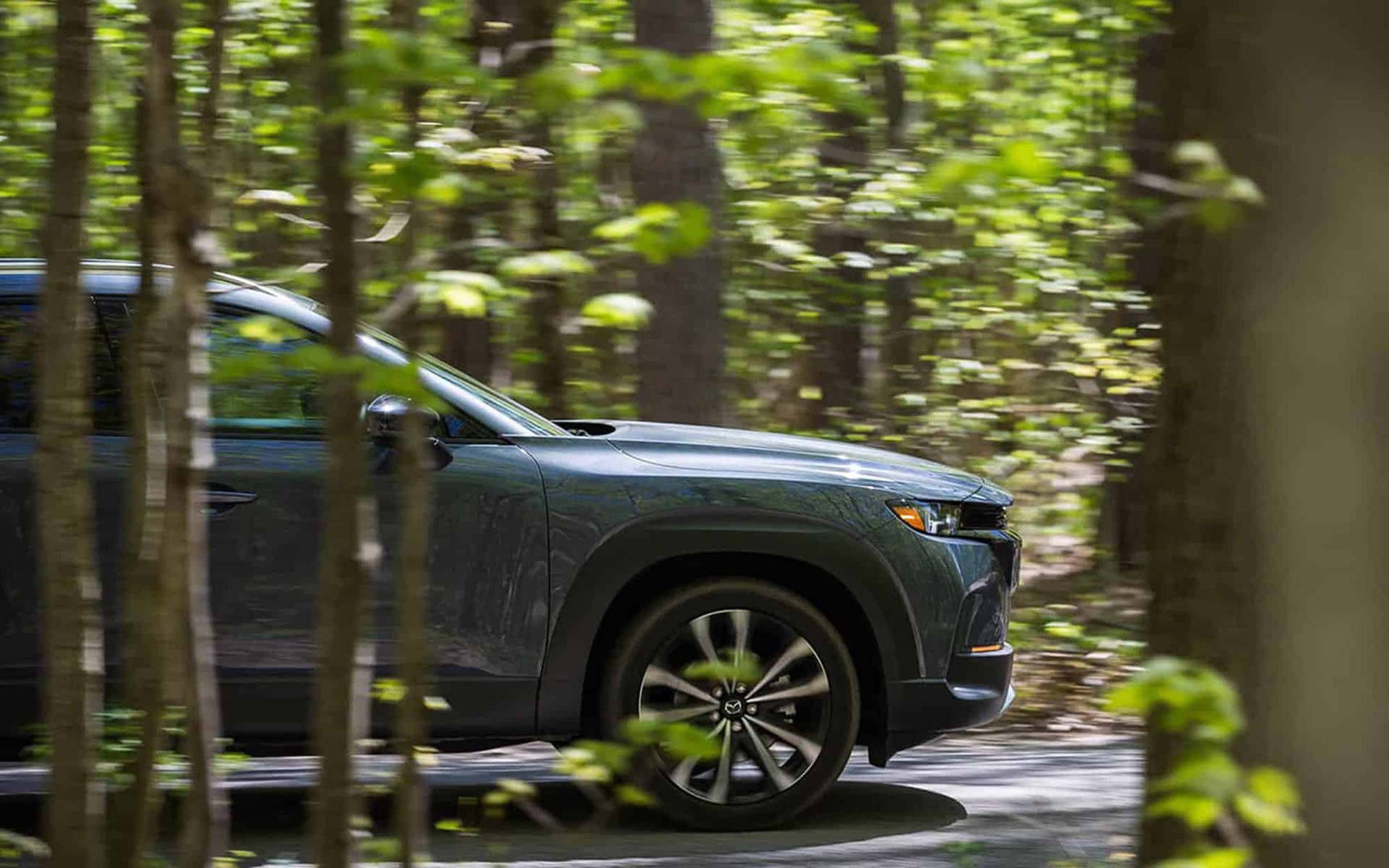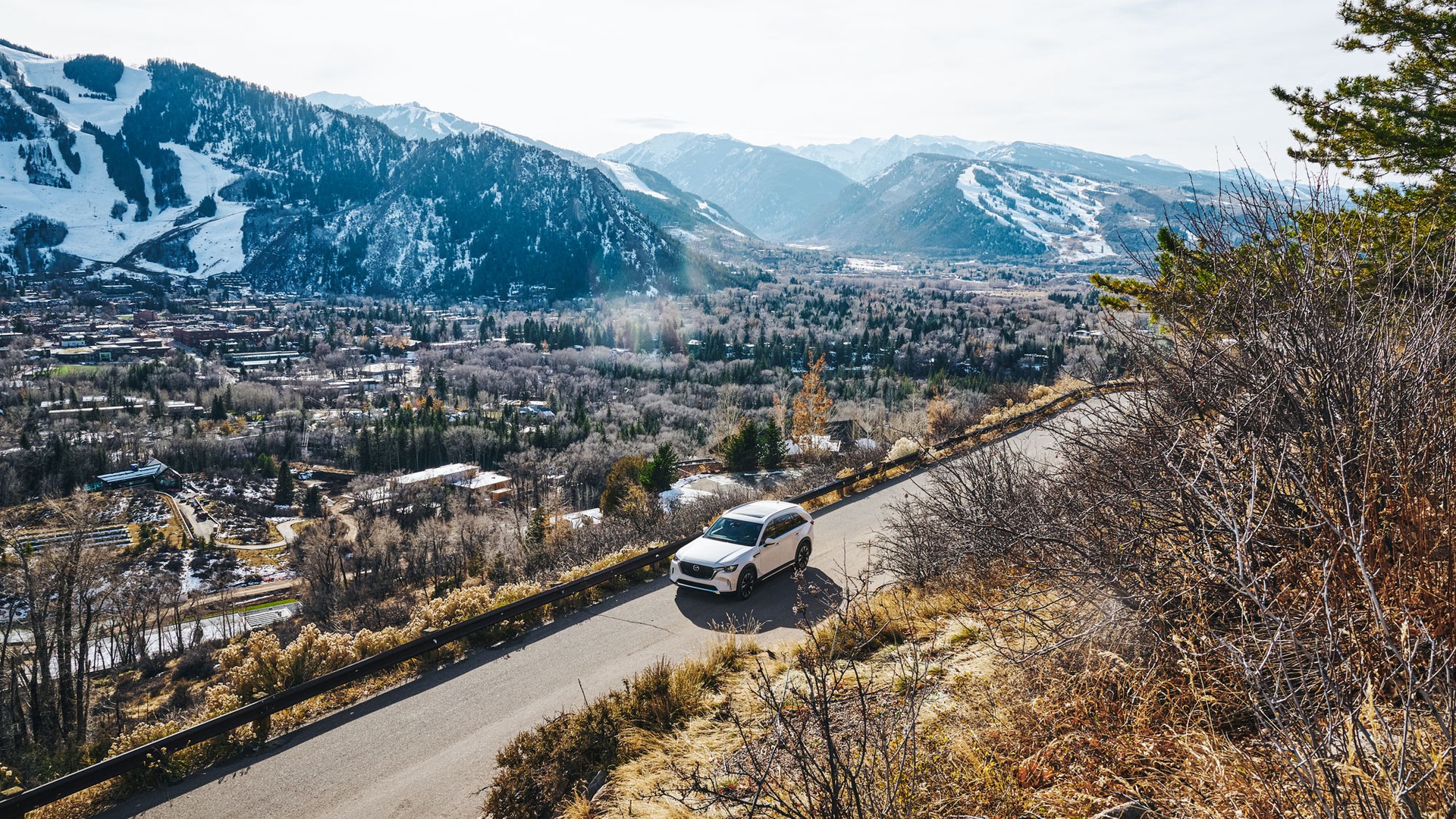
EXPLORE
THE ASPEN IDEA
Local to Aspen, arts and culture journalist Jacqueline Reynolds explores the alpine town’s dynamic arts scene.
In the Rocky Mountains, some 2,500 metres above sea level, Aspen, Colorado, and the surrounding greater Roaring Fork Valley area are home to a community flourishing with creativity. The region is also home to a particular philosophy that has become known as the ‘Aspen Idea’: proof that this town, layered with snow and surrounded by frosty peaks, is not just a place for rejuvenation, but also a meeting point between the creative arts and the natural world.
“Aspen is an incredibly inspiring place to be.”
LAUREL WINTON, FOUNDER, DANCEASPEN
As a local journalist immersed in Aspen’s arts scene, I’m here to introduce you to the people and institutions maintaining this cultural fabric. The mountains, townscape, and reaching roads of the valley are all easily accessible as I drive the first-ever Mazda CX‑90—featuring Mazda’s most powerful 3.3‑litre Inline 6 Turbo engine, smooth and responsive i‑Activ AWD, and the signature design crafted to evoke connection. This all makes for a fitting ride during our journey into Aspen’s creative core.
Aspen Music Festival and School
We begin at Aspen’s cultural genesis. Located in the town’s historic West End neighbourhood, the Aspen Institute’s founding campus spans 16 hectares, rich with Bauhaus architecture, outdoor walkways, sculptures, and a landscape that reflects its natural surroundings. Every building houses an extensive collection of artworks, with gallery shows and an on-site museum dedicated to artistic polymath Herbert Bayer—who was commissioned by the institute’s founder, Walter Paepcke, to create the secluded oasis visible today.
“This exchange of ideas and artistry between generations brings an element of freshness and aspiration.”
Laura smith, VICE PRESIDENT FOR MARKETING AND COMMUNICATION, ASPEN MUSIC FESTIVAL AND SCHOOL
“There’s something about being in the mountains that seems to allow a deeper integration of art into the soul, a deeper way of understanding the self,” says Laura Smith, Vice President for Marketing and Communications at the Aspen Music Festival and School (AMFS), as she leads us through the warm-wooded auditorium of Harris Concert Hall.
Established in 1949, the AMFS is considered the anchor arts organization of Aspen, Smith says. “The AMFS has led to the proliferation of so many other great fine-arts institutions in town that all now operate together and allow people who come here to experience the arts in many dimensions.” The Aspen Music Festival is regarded as one of the best in the country, attracting music students from around the world each year to perform alongside revered musicians. “This exchange of ideas and artistry between generations brings an element of freshness and aspiration unique to Aspen performances,” Smith says.
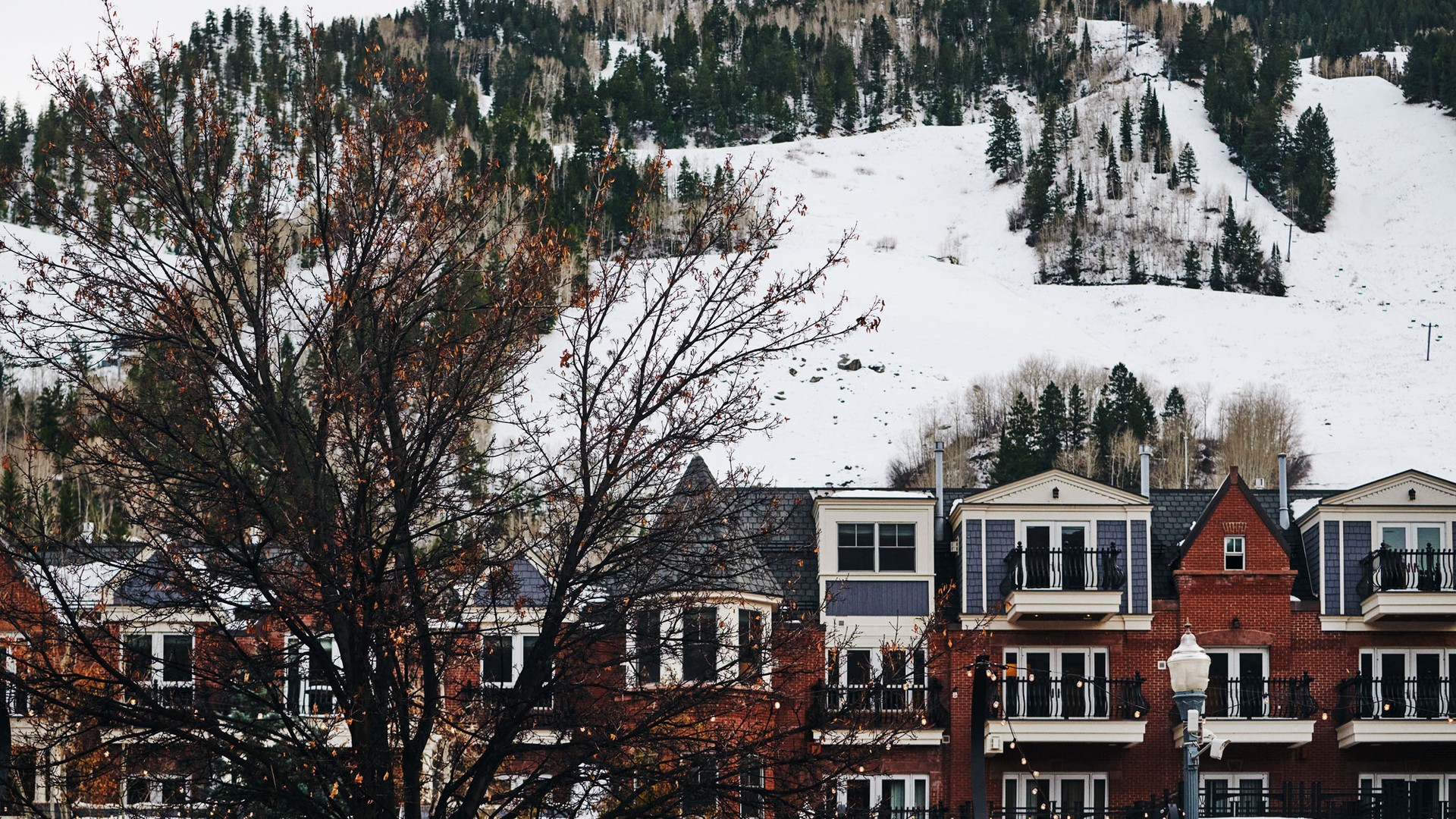
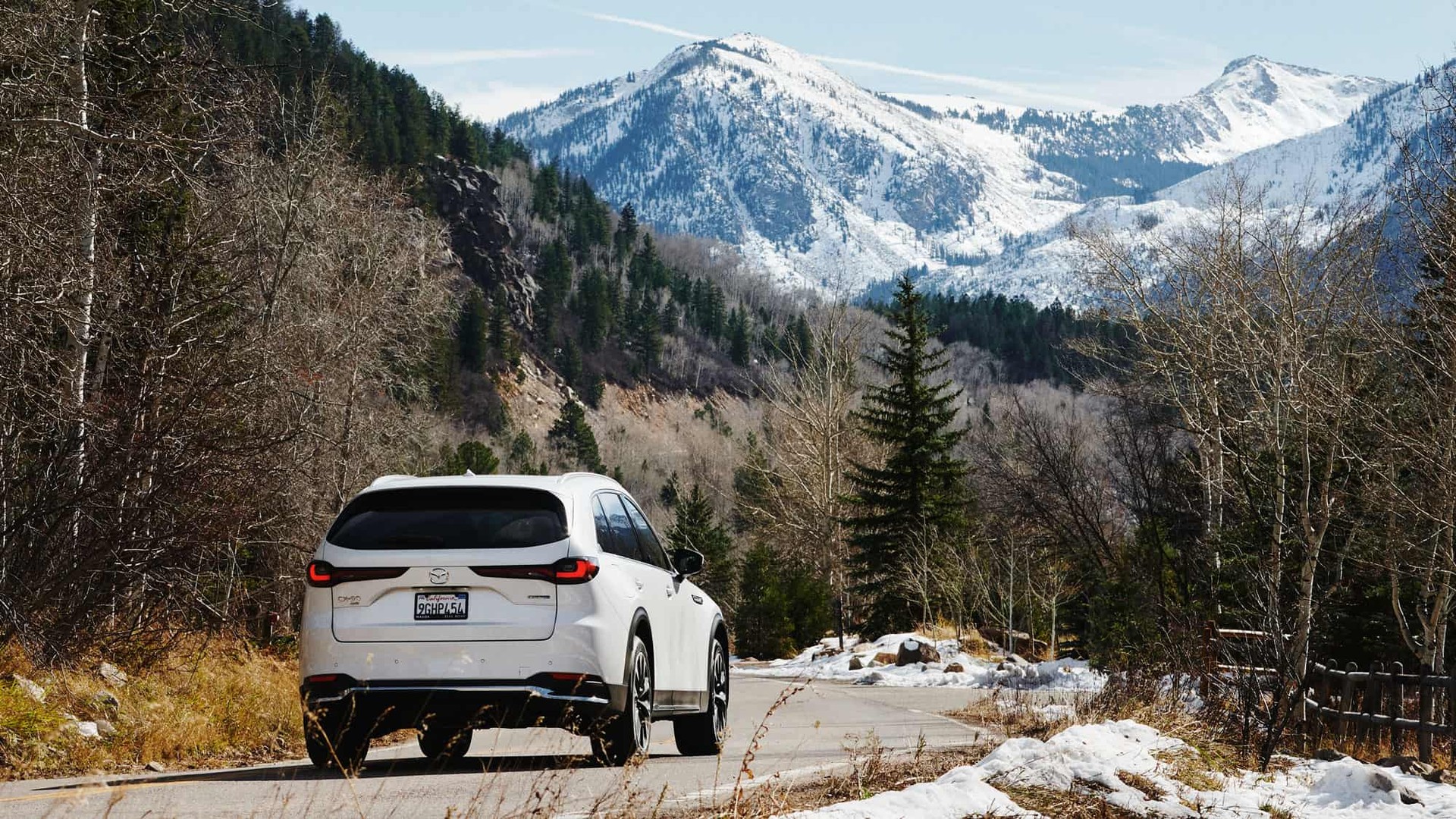
Aspen Art Museum
A short walk from the concert hall to the Paepcke Memorial Building at the institute, we immerse ourselves in Richard Carter’s Observable Universe. The art exhibition, featuring 17 of Carter’s paintings, spans nearly 20 years. He says the geology of this region has had a huge impact on his more recent work. “There’s a tremendous geological history here that seems to be the subject of what I’m doing right now,” explains the self-taught painter, who moved to Aspen from the East Coast in 1971, before assisting Bayer and working under the Bauhaus master throughout the 1970s.
Heading down-valley, it’s a comfortable 27-kilometre drive in the CX‑90 from Aspen to Carter’s riverside studio, now filled wall-to-wall with his works from the past 50 years. Throughout those five decades, Carter has remained committed to his art, as well as his community’s prosperity in the arts, and was a founder of what is now the Aspen Art Museum. Today, the museum serves as a hub of cultural exchange, education, and creative inspiration for Aspen’s local community.
“Aspen is a fabulous place to be creative… Any artist would be drawn to this.”
Richard Carter, ARTIST
Carter’s art reminds us of why we’re drawn to this valley. “Everybody comes here for the environment, and then they wind up staying for the people,” he says. “Aspen is a fabulous place to be creative and to meet other creatives. Any artist would be drawn to this.”
Wheeler Opera House
The 135-year-old Wheeler Opera House is another resilient token in our community. The building has been through fires, closures, and renovations, and still stands today as a performance centre in the heart of downtown Aspen. “When you stand outside, you see a historic building that you may have seen in the 19th century,” says Executive Director Lisa Rigsby Peterson.
“You can see little bits of the community through dance.”
Laurel Winton, FOUNDER, DANCEASPEN
After parking the CX‑90, making full use of the optional parking sensors and 360° View Monitor with See-Through View, I glance at the building’s reflection, which gleams back at me from the side of the Mazda, before approaching the entrance. Just as Peterson described, I feel like I’m stepping back in time. “We nod to our history,” Peterson explains. “We enfold people in our audience in the beautiful surroundings of 1889, but they are seeing artists and enjoying art that’s relevant today.”
An innovative resident dance company, DanceAspen is the perfect example of what’s possible in a community that supports the arts. “The local community of Aspen is the reason why DanceAspen exists,” says founder Laurel Winton. DanceAspen has been able to grow and give back in unbelievable ways since its 2021 inception. “We’ve been able to touch the lives of many community members through collaborating with other organizations,” Winton says, including productions, specifically for Aspen’s audience, at the Wheeler—the stage on which the professional company made its debut.
“When there’s an in-house production, you can see little bits of the community through dance,” Winton says. “Aspen is an incredibly inspiring place to be, and through this inspiration comes the beauty of art.” She walks onto the Wheeler stage in her pointe shoes and begins to move gracefully between the curtains into the light.
Watching her, I’m reminded of our ethos: the Aspen Idea. It’s this intersection of the arts and the natural world, ingrained in our past and survived by the individuals and entities of our present, which makes Aspen, Aspen.
Words Jacqueline Reynolds / Photography Daphné Caron / Film David Allen

find out more











